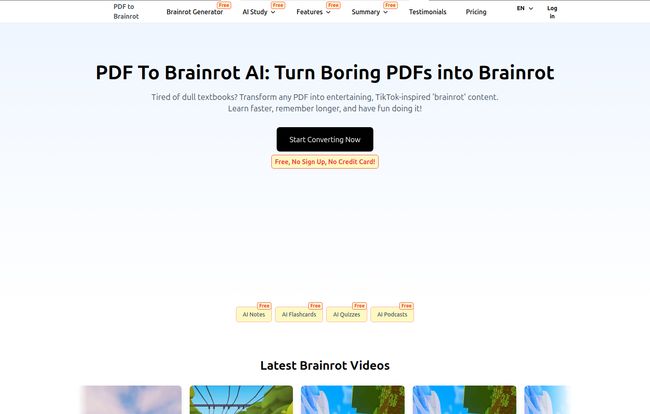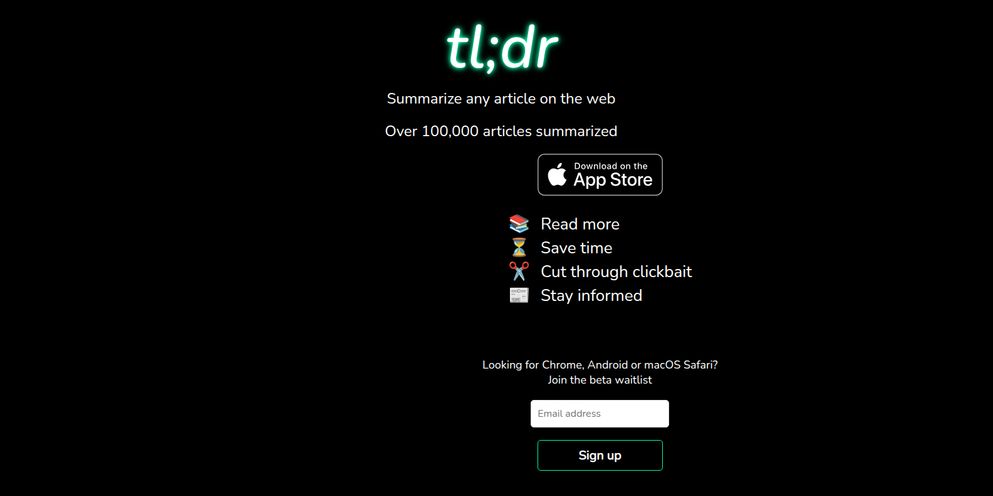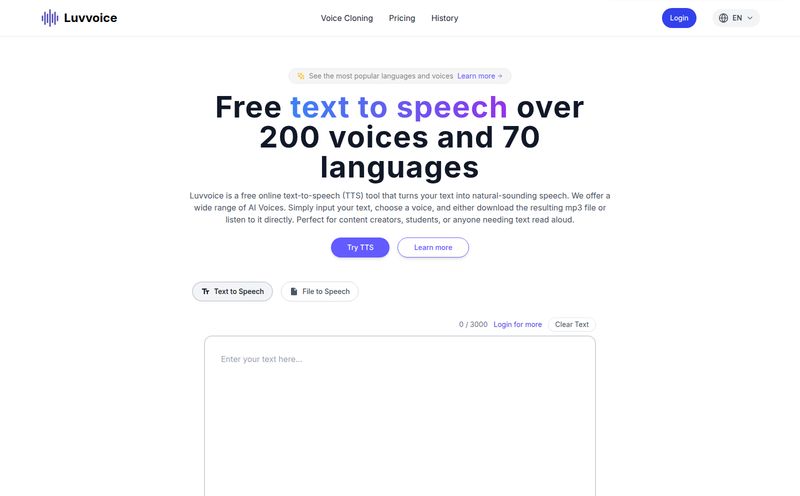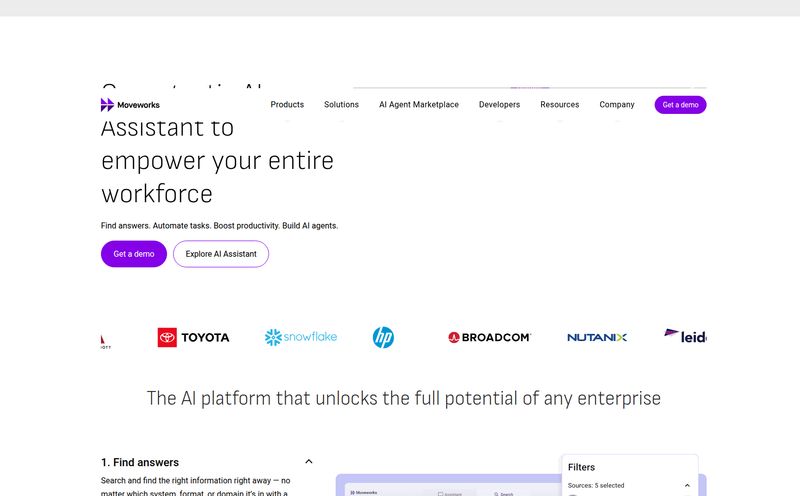We've all been there. Staring at a 40-page PDF, eyes glazing over, while the words blur into an unholy wall of text. Whether it’s a dense academic paper, a mind-numbing corporate training manual, or even just the terms and conditions you know you should read, our modern brains just aren't built for it anymore. My attention span, I swear, is now shorter than a Vine. Remember Vine? Good times.
The internet, for better or worse, has rewired us. We crave short, snappy, visually stimulating content. And that’s where the term “brainrot” comes in—those chaotic, split-screen videos with Subway Surfers gameplay on one side and some automated voice reading Reddit posts on teh other. It's the content we scroll through at 2 AM. But what if… and hear me out… what if we could harness that chaotic energy for good?
That’s the wild premise behind a new tool I stumbled upon: PDF to Brainrot. It claims to turn any boring document into one of these engaging, TikTok-style videos. My first thought? No way. My second thought? I have to try this immediately.
What in the World is "Brainrot Content" Anyway?
If you're over the age of 25, you might need a quick primer. "Brainrot" is a term the internet lovingly coined to describe low-effort, high-stimulation content. Think of it as a digital junk food diet. It's not particularly nutritious, but it's strangely addictive. The classic format involves:
- A split screen.
- Some kind of distracting, repetitive video playing (like mobile game footage or someone mixing slime).
- A robotic text-to-speech voice narrating something.
- Auto-generated captions flying by.
It sounds awful, I know. But it’s designed to hijack your attention in an environment where everything is competing for it. PDF to Brainrot saw this and asked a brilliant question: can we feed this machine a textbook instead of a Reddit thread?
How PDF to Brainrot Tries to Save Your Sanity
The process is surprisingly simple. You head over to their site, and you're given two choices: upload a PDF or just paste in some text. No complicated software, no ten-step setup. I appreciate that. From there, you get to be the director of your own educational chaos.
The platform offers a few different video styles:
Brainrot Mode: This is the main event. It takes your text, chops it into bite-sized pieces, and slaps it into that classic split-screen format I described. It’s got the AI voice, the captions, and the distracting background video. It's a full-on sensory assault, but for learning.
Quiz Mode: This one’s clever. It generates a video with questions based on your document, giving you a moment to think before revealing the answer. It’s a pretty neat way to actively test your recall instead of just passively watching.
Raw Mode: If the full brainrot experience is a bit much, Raw Mode is more subdued. It's a more straightforward video presentation of your text, which could be great for professional settings where you want engagement without the Subway Surfers vibe.
You can even customize things like the narration voice and background music or video, giving you a surprising amount of control. The tool then churns it all out at lightning speed. It's like putting your study notes in a blender with a TikTok feed and hitting 'frappe'.

Visit PDF To Brainrot
The Good, The Bad, and The Genuinely Weird
So, does it work? I took it for a spin with a few different documents. A chapter from a dry marketing textbook, an article about SEO trends, and for fun, the privacy policy from a social media app. Here’s what I found.
Where It Actually Shines
The biggest win here is engagement. It’s impossible to be bored. The constant movement and auditory input keep you locked in. For topics that are heavy on facts, dates, or key terms, the tool is a fantastic way to get that first-pass exposure. I found myself actually remembering a few key stats from the marketing chapter, mostly because hearing a robot voice say "synergistic market paradigms" over footage of someone power-washing a driveway is an unforgettable experience.
It’s also a game-changer for auditory and visual learners. Some people just don't retain information by reading. This gives them another avenue. And because it's web-based, you can make and watch these videos on your phone while waiting for the bus. It’s micro-learning at its most chaotic.
When You Should Probably Just Read the Book
Okay, let's be honest. You're not going to achieve a deep, nuanced understanding of quantum mechanics from a 60-second brainrot video. For complex arguments, abstract concepts, or sensitive topics, this format can feel... well, trivializing. It’s a powerful tool for memorization and initial engagement, but it’s not a replacement for critical thinking and deep reading.
Some people will also just find the style incredibly annoying. If you're someone who needs peace and quiet to concentrate, this is your worst nightmare. It’s a specific learning style for a specific generation of internet users, and it's definitely not one-size-fits-all.
Breaking Down the Price Tag
So, what's this dose of digital adrenaline going to cost you? The pricing structure is credit-based, which is pretty common for AI tools these days. Here’s a quick look:
| Plan | Price | Credits | Key Features |
|---|---|---|---|
| Free | Free | 30 (1 per day) | Shared generation queue, no video download |
| Basic | $9.90 (One-Time) | 100 | Priority queue, video download, no ads |
| Popular | $49 (One-Time) | 1000 | Priority queue, video download, no ads |
My take? The Free plan is perfect for seeing if you even like the format. The fact that you can’t download the videos is a bummer, but it’s enough to test it out. The one-time payment options are refreshing in a world obsessed with subscriptions. The Popular plan at about $0.05 per credit is genuinely good value if you see yourself using this regularly, either as a student powering through finals or a content creator looking for a quirky way to repurpose blog posts.
So Who Is This Actually For?
After playing around with it, I can see a few groups of people getting a real kick out of this:
- Students: This is the obvious one. Especially for high-school and college students raised on TikTok, this could be a secret weapon for exam prep, turning lecture notes into something you can review on your phone.
- Content Creators & Social Media Managers: Got a long-form blog post? Turn it into a dozen short-form videos in minutes. It's a content-repurposing machine.
- Corporate Trainers: If you're trying to get employees to actually pay attention to a new HR policy or software update, a short, funny Quiz Mode video is going to beat a dry email every single time.
The Final Verdict: Should You Let Your PDFs Rot?
PDF to Brainrot is one of those tools that feels both ridiculous and revolutionary at the same time. It's a symptom of our shrinking attention spans but also a genuinely creative solution to it. It’s not a replacement for focused study, but as a supplement? As a tool to make the unbearable, boring parts of learning just a little more engaging? I think it’s brilliant.
It’s a wild, slightly chaotic tool for a wild, slightly chaotic world. It won't make you a genius overnight, but it might just help you remember the key points from that PDF you've been avoiding all week. And sometimes, that's all you need.
Your Burning Questions Answered
- Can I use PDF to Brainrot for professional or corporate training?
- Absolutely. I'd recommend using the 'Raw Mode' or 'Quiz Mode' for a more professional feel. It's a great way to make mandatory training materials more engaging without sending your colleagues into sensory overload.
- What's the difference between Brainrot Mode and Quiz Mode?
- Brainrot Mode is for passive consumption—it presents the information in a fast-paced video. Quiz Mode is for active recall—it poses questions based on your text and then shows the answers, making it more of an interactive study tool.
- Is the AI voice good or is it super robotic?
- It's what you'd expect from the genre—clearly an AI voice, which is part of the 'brainrot' aesthetic. There are different voices to choose from, but don't expect a Morgan Freeman-level narration. It's functional and fits the style perfectly.
- How many videos can I make with the free plan?
- The free plan gives you 30 credits total, which you can use at a rate of one per day. It’s more of a daily free trial to let you get a feel for the platform before committing.
- Does this work for really complex subjects like law or medicine?
- It can work for memorizing key terms, laws, or anatomical parts. However, for understanding the complex reasoning and nuance behind those subjects, you'll still need to hit the books. Think of it as a flashcard, not the textbook.
- What happens to the PDFs I upload? Is my data safe?
- As with any online tool where you upload documents, it's always smart to review their Privacy Policy. For highly sensitive or confidential information, it's best to be cautious or paste text directly instead of uploading a full document.



